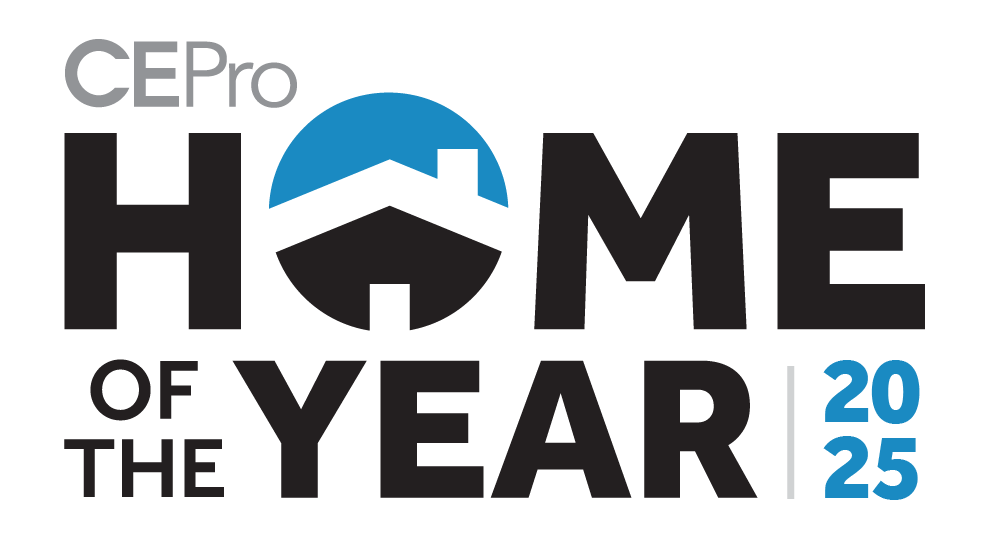Eero is in a class of new “mesh Wi-Fi” routers and access points that suit the majority of consumers — fairly affordable, with wide coverage and simple configuration tools. Even though it's not cheap by traditional mass-market standards ($499 for a three-pack), consumers are waking up to the fact that they need something better than a $69 router from Wal-Mart.
Wi-Fi capabilities for home networks are being stretched to their limits. The wireless spectrum is increasingly crowded, new Wi-Fi technology is changing rapidly and physical wiring in homes is often insufficient.
Until recently there have been very few options to get 802.11ac coverage across the average U.S. household. It required sufficient wired infrastructure to achieve strong wireless coverage or a great technical leap forward in mesh networking – which is why Eero piqued my interest. So I swapped out my hodgepodge Wi-Fi network for an Eero system.
If you haven’t read my first article in this series, I’d encourage you to take five minutes and check it out. It paints the picture for the challenges and headaches I was hoping to overcome and why I decided to give Eero a try.
My goals were threefold. First, I wanted to improve wireless coverage throughout my typical-American, roughly 2,000 square-foot home. Second, I wanted to maximize throughput to really take advantage of my Google Fiber gigabit internet connection. Finally, I was hoping to get better reliability over Wi-Fi due to poor coverage and a crowded 2.4Ghz spectrum.
So, I took some benchmarks before I swapped out the wireless system and then I installed Eero and ran the same tests. This report outlines my experience, the end result, and gives you an outline of when a mesh-networking solution like Eero might be the best solution for you and your customers.
Eero Background
It is fair at this point to highlight what Eero’s initial products are designed to accomplish and where they hope to go with their pro channel program.
Eero is designed for the larger population of U.S. consumers – the 80-percenters – that might fall outside the scope of some custom integrators. While Eero is confident its product can scale to suit the needs of bigger homes and more demanding clients, the core product is nevertheless aimed at a broader customer base, designed to solve the most prevalent problems in the Wi-Fi connected home – problems like the ones I have.
We’re adding more wireless devices; these devices are putting more stress on our network; the devices have higher bandwidth demands; they’re often on the fringe of the network coverage; and the RF spectrum is increasingly crowded.

First, let’s talk about the product. Eero is priced well, and it’s a good alternative to Apple Airport Express (which apparently is being discontinued). You can buy Eero through typical channel distributors and they are working on more home technology professional features.
The product “feels” nice – the packaging, cables and accessories have a good design and build quality.
Since Eero is positioning itself as an Apple alternative, I can see how the industrial design might be important to the consumer.
Eero has good marketing, which you can leverage for brand perception and expanding your networking market reach. Many technology professionals place a high value on the support their vendors provide and Eero seems to excel here, offering a VIP support line for pros.
Next up, let’s talk about the install. For my testing I easily switched router capabilities off to switch the APs into bridge mode. This made it easy to swap out my old network as my SSIDs, IP range and passwords all stayed the same.
Much of Eero’s “smarts” are in their mesh network technology; however, the devices can be hardwired instead, which is a key feature for applications where performance demands are high, physical environment is demanding and reliability is critical. Wire is always king!
I was able to take advantage of two wired drops to maximize throughput and then run one of the APs on the mesh network, placing it as close to my main Eero as possible, while still in a central location to maximize coverage.
The Eero APs omit two features that custom installers would desire – PoE and mounting options; however, Eero has said they are listening to the installers and integrating this feedback into their product roadmap.
Hands On: When Google Fiber Meets a Mediocre Network & OnHub Router
The system is configured from the Android or Apple mobile App. For technology professionals and power users this could be a turnoff, but for your everyday consumer this makes DIY installation more achievable.
The app is definitely cool — you can see devices on your network, run a speedtest (although it wasn’t all that accurate) and set up your guest network.
There is also a new pro app to transfer a config from your phone to your customer’s phone when set-up is complete. In this way, you don’t need to encroach on your customers’ mobile phones. You can simply “hand off” the settings from your mobile device.
Eero does lack some power features like VPN and advanced firewall options, but these days a home technology professional has many alternative methods of remote access from companies like Domotz, Ihiji, Pakedge and SnapAV.
Benefits and Weaknesses of Eero
The Eero solution definitely improved coverage compared to my old Google OnHub, as I went from two APs to three.
Throughout my house, I had a respectable signal strength and speed. The mesh network operates on a single wireless channel which makes roaming fairly seemless, no switching Wi-Fi on/off because my phone didn’t roam.
Unfortunately, my secondary goal of maximizing throughput was not achieved, especially to take advantage of the gigabit ISP speed. It’s worth noting that speed improved when I hardwired the second AP because I bypassed the limitations of the mesh.
Eero states that they are currently focused on the 80/20 problem: this solution works well for 80 percent of consumers, while 20 percent may need other solutions.
Let’s also be reasonable: The penetration of gigabit ISP is still very low, so Eero has time to improve their throughput. In any case, does today’s average consumer really care about the difference between 200 Mbps and 700 Mbps?
Despite the many benefits of Eero, with networking you usually get what you pay for (in this case, $329 for a two-pack, which is modest in our world).
Power users will lament that all configuration is done in the Eero app. They will also miss VPNs and meaningful visibility into the health and status of the network, devices and mesh. Dealers especially will miss centralized management for all of their installs (i.e., dealer dashboard).
Physically, Eero’s 2×2 antenna array cannot achieve the same performance as a 3×3, so there is definitely a hardware tradeoff when it comes to performance vs. price.
Interestingly, the Eero actually has three antennas but the third is reserved for the mesh backhaul. Finally, because the entire mesh network operates on a single channel, you could have interference challenges in an RF-dense environment that you see in many urban environments.
All of this said, Eero does not claim to be a replacement for enterprise-grade networks and it’s also their first version of the product.
Companies like Meraki, Ruckus and others who serve our channel have a huge head start on engineering, research and development. They also have huge budgets to innovate. Enterprise-grade equipment also tends to have better components and a more robust feature set.
Overall, I see Eero as a great upgrade for consumers who might otherwise use something like the AirPort Extreme. This is where home technology professionals come in with a strong understanding of their customers’ needs, taking into account square footage, the number of connected devices, and overall demands on the network.
Just Another Tool in the Networking Toolkit
Eero is another tool in the toolkit and not a blanket solution for every home. Mesh wireless technology is improving and could be a fine solution when you don’t have sufficient wiring to achieve proper density in an 802.11ac network where you want to maximize coverage and throughput.
It’s a great addition to your networking arsenal and is offered at a price point that allows you to expand the reach of your business to customers who couldn’t afford a $1,000+ network.
Eero currently is not the answer for customers seeking a fully managed solution with the highest availability, security and performance. Home technology professionals should still have commercial- and enterprise-grade product options to meet customer needs.
The good news is that many of the features that Eero lacks are not difficult problems to solve and the company appears to be open-minded and responsive.
Given Eero’s expressed interest in CEDIA technology professionals and their channel-focused distribution partners I really look forward to seeing improvements that the Eero team hopefully has in store.
It will be interesting to see how new solutions like Eero push the standard CEDIA-centric networking manufacturers to innovate in new ways.
Let’s discuss! I have data on the before and after performance from packet loss and latency information, to Ihiji Invision reports, iperf throughputs and speedtest.net information. Lastly, I’d also like to thank the Eero team for taking some time to discuss their product, market fit and technology in order to ensure this review was fair and accurate. Eero has also announced some new updates to their app and firmware to improve mesh speeds. At the time of writing I had a few minutes to test these improvements – the app updates added some added performance visibility and the mesh update did noticeably boost my speeds. For more details, contact [email protected].






